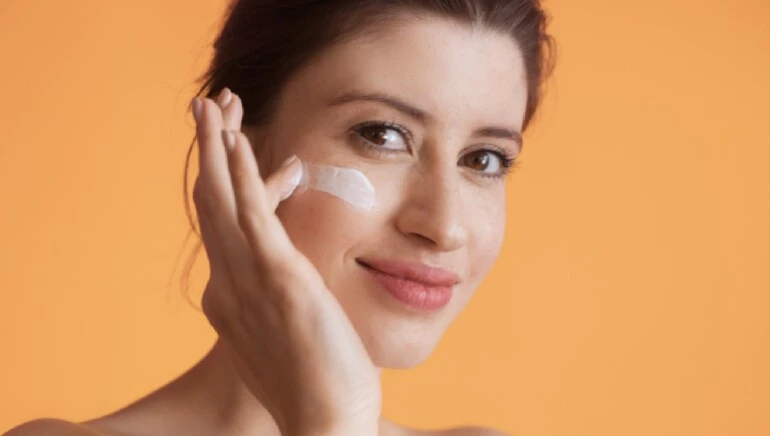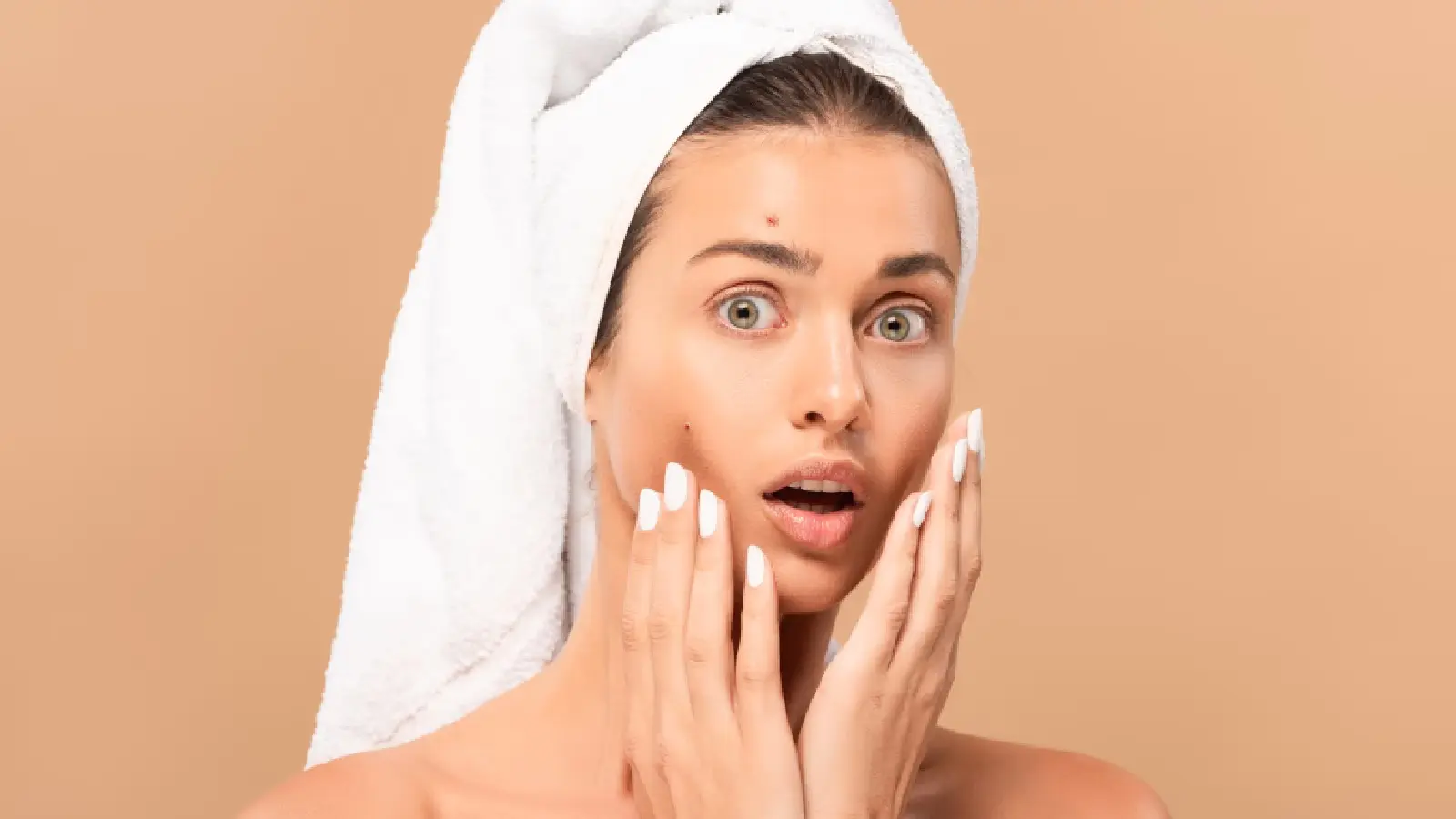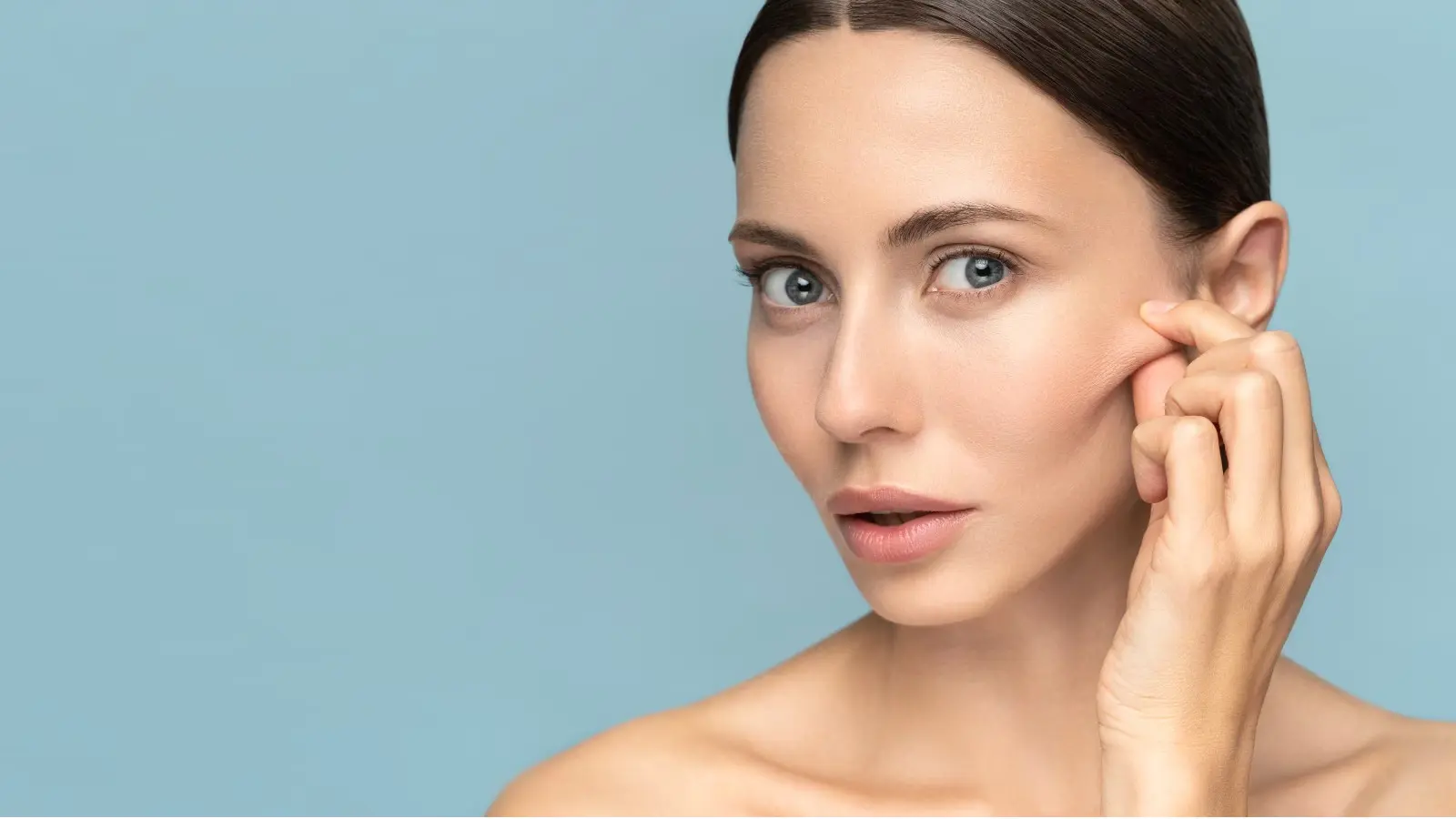Malai for Skin Inflammation and Redness: Best 4 Tips
Using the incorrect products on your skin might cause irritation and redness. Here’s how to use milk cream or malai to treat skin issues including redness.
[web_stories title=”false” excerpt=”false” author=”false” date=”false” archive_link=”true” archive_link_label=”” circle_size=”150″ sharp_corners=”false” image_alignment=”left” number_of_columns=”1″ number_of_stories=”5″ order=”DESC” orderby=”post_title” view=”circles” /]
Milk Cream for Redness
Don’t you just enjoy getting freebies, especially when they’re stuff you really want? I do! So when I received a new face mask, I was thrilled to try it. I liberally applied the mask on my face, expecting it to provide me with radiant skin, as promised. But I ended up with irritation and redness all over my face! My skin grew dry, irritated, and felt scorching! My mother, who usually has a fast home treatment for whatever mistakes I cause myself or my skin, advised that I use malai or milk cream to reduce inflammation and redness. So, please allow me to discuss the benefits of malai or milk cream for inflammation with you!
Here’s how to apply milk cream on the skin. Image credit: Adobe Stock.
Why do some skincare products cause skin irritation and redness?
Many people have inflammation and redness on their skin. A variety of things can cause temporary redness or irritation, including allergies, infection, drug side effects, skin sensitivity, and serious skin disorders such as rosacea, acne, dermatitis, psoriasis, shingles, and lupus. Dermatologist Dr Rinky Kapoor warns that using skin-care products with harsh, chemical-based elements like scents and colors can cause redness and irritation. As a result, it is usually recommended to perform a patch test before using a product completely to avoid any unexpected skin reactions.
Also Read; Milk Cream For Skincare: Here's How Malai Can Help You Promote Skin Health
What are the benefits of using milk cream or malai to treat skin inflammation?
Malai for Skin Issues
Applying milk cream or malai to the skin is regarded to be a viable approach for relieving inflammation and redness. The specialist believes that malai is abundant in lipids and proteins that help moisturize, nourish, and relax the skin. However, further study is needed to substantiate the assertion.
Also Read:
Alum is healthy for the skin. Image credit of Freepik
Using malai can also help to balance the pH levels of your skin, resulting in healthier skin. It is also said to be an excellent technique to hydrate the skin and leave it looking youthful, supple, soft, and fresh. “Milk cream also includes lactic acid, which helps remove dead skin cells and exfoliate the skin. It is beneficial against a variety of skin disorders, including Rosacea, Eczema, Psoriasis, and Dermatitis. However, it is important to see a doctor before using it,” says the doctor.
Other advantages of milk cream for the skin
Dr. Kapoor explains the following benefits of milk cream for your skin:
Malai for Skin Irritation
Using malai or milk cream can help with skin irritation! Image credit: Adobe Stock.
1. eliminates dead skin cells.
Malai or milk cream for skin are time-honored Indian folk remedies. Applying fresh malai or milk cream may be extremely good to your skin, eliminating skin issues and providing an immediate radiance.
2. Eliminates dull skin.
Malai may be used as a natural exfoliant to remove dead skin cells from your skin, leaving you with perfect skin. It can be uncomfortable and upsetting to have continuous skin tanning caused by damaging UV radiation, which makes your skin appear dull and weary.
3. removes tanning.
Tanning is one of the most prevalent skin disorders that people encounter. Fresh malai or milk cream is a good method for getting rid of tanning. Applying a mixture of fresh malai and milk to your skin might help feed it and reduce tanning. Dr. Kapoor recommends that people apply it once every two weeks.
4. Reduces the indications of aging.
Malai contains vitamins and antioxidants that help rejuvenate the skin and minimize indications of aging such as fine wrinkles. Malai is a hydrating product that removes dry skin, improves skin elasticity, and evens out skin tone, resulting in a brighter complexion.
Malai for Skin Irritation
Are there any adverse effects from taking malai to treat skin inflammation?
Malai for skin inflammation and redness
Reduce the indications of aging to get rid of skin irritation. Image courtesy of Shutterstock
While milk or malai is generally harmless for your skin, the high fat content can cause excessive oiliness, which can be bothersome for those with oily or acne-prone skin, resulting in irritation and breakouts. Before changing your skincare routine, talk with your doctor.
Who should not use milk cream or malai on their skin?
Malai for skin is an effective treatment for a variety of skin issues, but it may not be appropriate for all skin types and textures, particularly those with oily or acne-prone skin. Individuals with severe allergies to milk or milk-related goods should avoid putting malai on their skin, or do a patch test before applying it directly to their skin. In the event of an allergy or reaction, seek medical treatment quickly and without panic. However, keep in mind that what doesn’t work for others may not work for your skin. It is also recommended that you visit with professionals or dermatologists to address any of your skin troubles.
Milk Cream for Inflammation
Health Conscious Plus
Welcome to Health Conscious Plus Find health insights, disease management tips, meal plans, and mindful living strategies for a healthier life.




